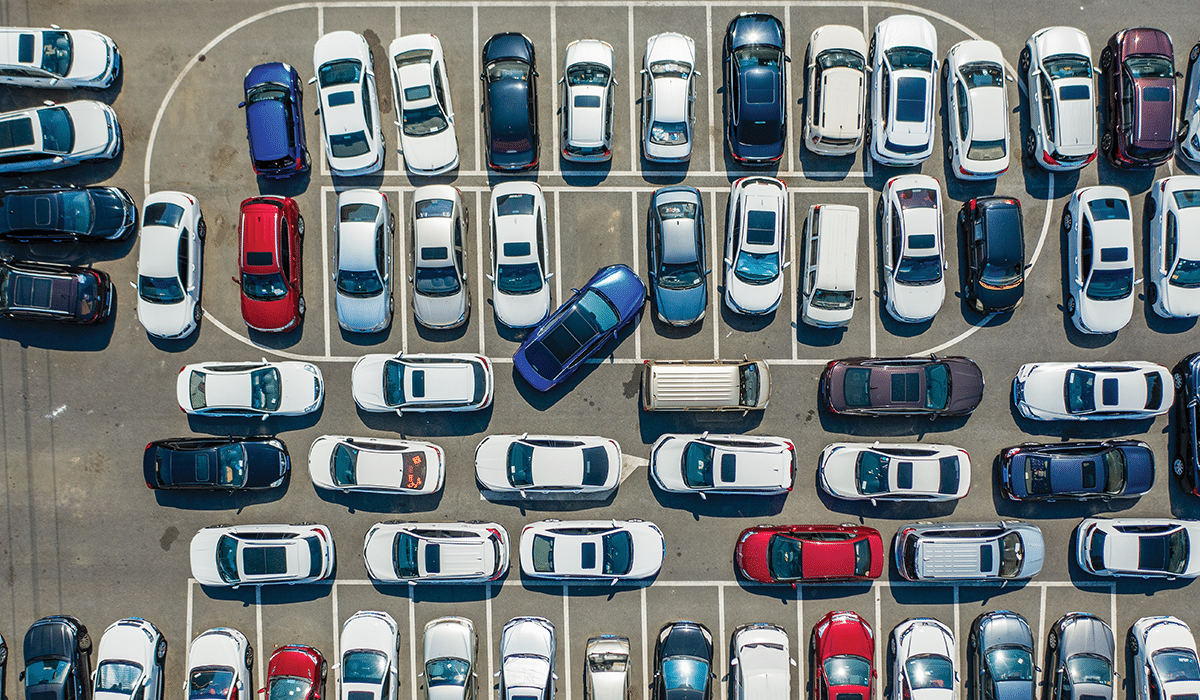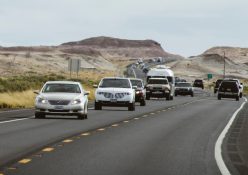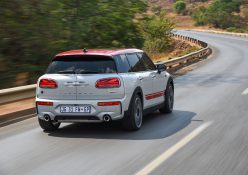How today’s technology can predict, prevent and assist in dangerous vehicle collisions.
Today’s motor vehicles provide people with a greater freedom of movement, with easier access to places of work and trips further afield from home. However, with the number of cars on the roads increasing over the years, car crashes are becoming more common. When cars carry their passengers along a road, the engine provides the vehicle with kinetic energy. This is the energy of motion.
In the event of a crash, vehicles lose kinetic energy and ultimately come to a stop, but this energy doesn’t vanish. Instead, it’s transferred to other objects, vehicles and sometimes people, causing the damage seen in road collisions. An object that has been struck by the car may absorb the kinetic energy of the moving car or return it to the vehicle.
Today’s cars are designed to take the brunt of this energy, transferring it into their metal frames, which are crushed and distorted, breaking their internal components. However, despite this protective technology, the driver and passengers exposed to a collision will usually absorb a small percentage of the kinetic energy. Being much more fragile than the metal machine that surrounds them, at least one of a car’s occupants will suffer some kind of injury in 43 per cent of car crashes.
The life-saving armour of modern vehicles
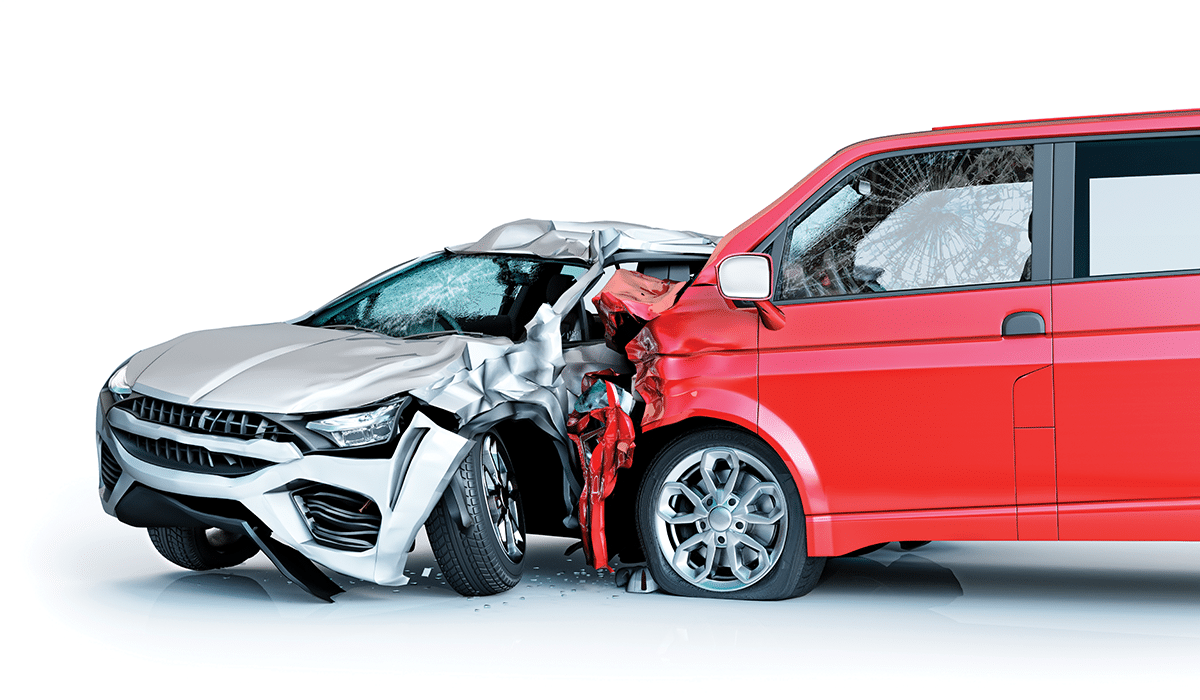
Seat belts
During a car crash, you’re more likely to survive if you aren’t thrown out of the vehicle. Seat belts are essential for securing a rider to their seat.
Rigid safety cell
Unlike crumple zones, which are easily crushed to absorb an impact, the zone containing people is made of rigid stainless steel.
Side-bar protection
Stainless-steel bars along the sides of vehicles absorb much of the impact from a side-on collision.
Anti – lock braking
When drivers hit the brakes suddenly, the wheels can lock, causing the vehicle to skid. Anti-lock brakes help prevent that by rapidly applying and releasing the brakes until the vehicle comes to a stop, rather than slamming the brakes fully down.
Crumple zone
The front and back of a car have crumple zones that extend outwards from the passenger cabin. During an impact, these areas predictably crumple up and absorb as much of the impact as possible.
Air bags
When a sensor behind the dashboard detects a hard front-on impact, these bags inflate rapidly with nitrogen gas to cushion the driver and passengers.
Safety glass
Instead of completely shattering when the car’s windshield glass breaks, the glass fragments stick to a strong layer of plastic between the car occupants and the window.
How the latest smart technology can predict and prevent a road collision
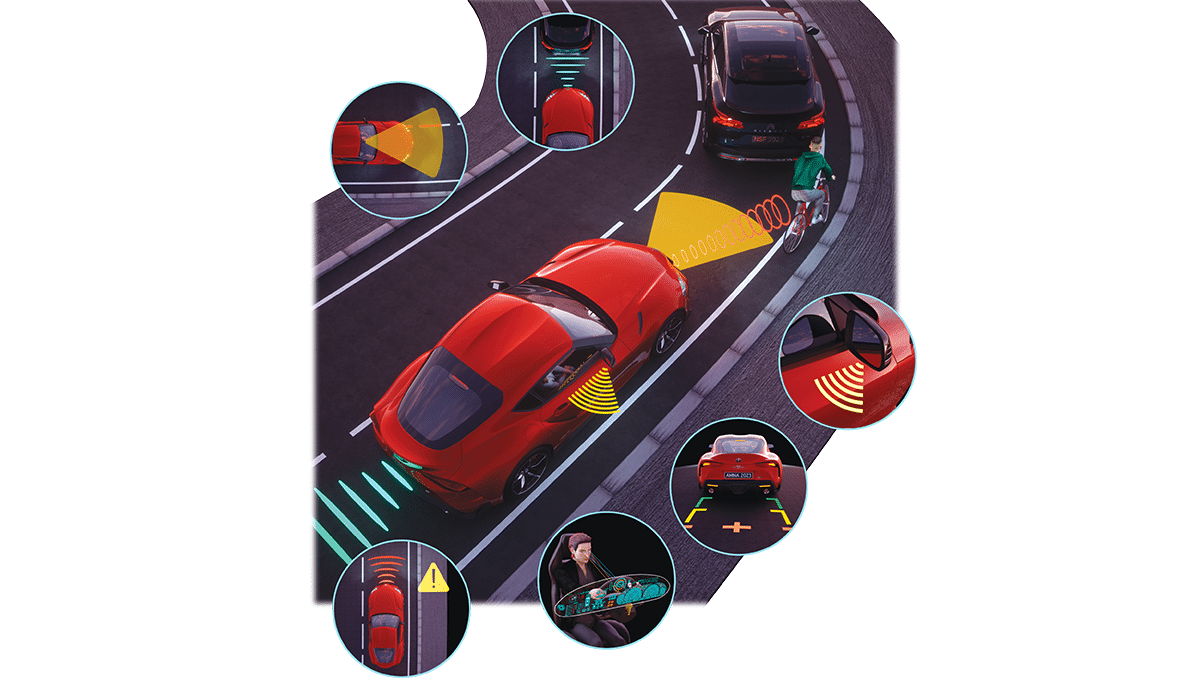
Lane-departure tracking
Cameras at the front of the car track the car’s position in a lane. If the vehicle moves out of the lane without the driver indicating, a warning signal alerts the driver to return to the correct position on the road.
Emergency braking
Cameras and radar sensors at the front of the car detect when an object is too close to the moving vehicle. When this is the case, automatic emergency braking can be applied.
Blind-spot monitoring
If a car is travelling in the adjacent lane in an area uncovered by mirrors, the car will alert the driver if they are about to make an unsafe lane change.
Eye tracking
A small camera on the dashboard follows the movements of the driver’s eyes, as well as the rate and speed of blinking. If a driver shuts their eyes for too long or appears distracted from the road, an alert sound.
Enhanced rear view
Cameras at the back of the vehicle can display a clear view of objects behind the car on a screen on the dashboard. When a driver is reversing, guidelines on the screen assist with positioning the car.
Also read: Hack your life: Practical tricks with tech
Smartphone saviours

When a severe car crash occurs, injured occupants may rely on nearby witnesses to call emergency services. But what happens if a crash takes place on a deserted road and the car’s occupants are unresponsive? Many modern smartphones now come equipped with crash-detection technology that uses data such as the speed at which the phone is travelling, sound levels and pressure changes to deduce that a car accident may have occurred.
The iPhone 14 and latest Google Pixel phones will play an alarm whenever data suggests that there has been a crash and automatically send an alert to emergency services. If it is a false alarm, the phone owner can swipe to disable the alert, but in a legitimate emergency situation, the device will share the location with first responders so that there can be a speedy response and a higher chance of survival for those involved.
Also read: Why electronic devices employ tech for eye tracking



